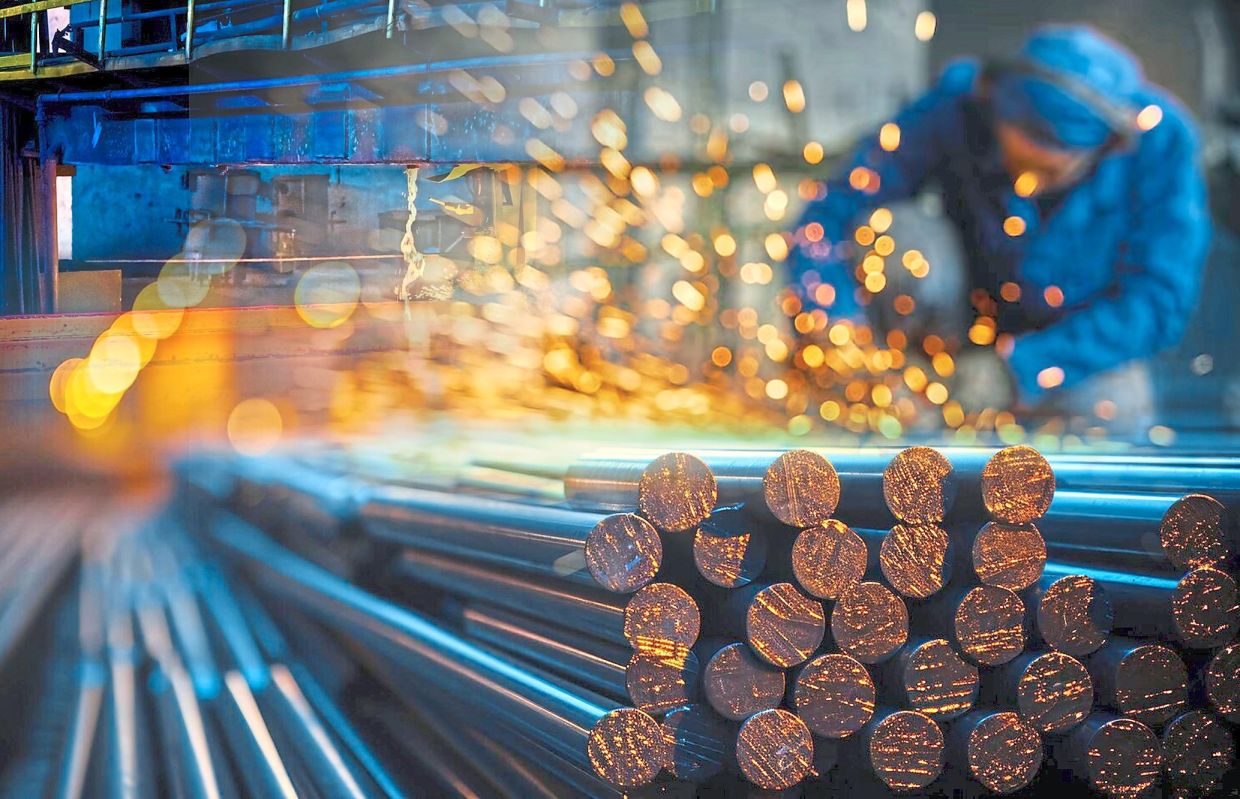
PETALING JAYA: Two years is a reasonable time frame for Malaysia to come up with its own version of the European Union Carbon Border Adjustment Mechanism that is set to be implemented across the European Union (EU) in 2026.
The South East Asia Iron and Steel Institute secretary-general Yeoh Wee Jin said there needs to be a lot of hard work leading up to it but the timing for it makes it achievable.
“I think when it was first announced that the steel industry might be one of the first to be included in the carbon tax, there were many that approached me with fears of it happening too soon,” he said during a panel discussion at the Malaysian Iron and Steel Industry Federation’s (MISIF) 14th Conference on the status and outlook of the Malaysian iron and steel industry here yesterday.According to Yeoh, players should not worry about this because the entire framework and infrastructure needs to be well-thought out and has to have a proper reporting system.
“The reporting system needs time for the government to develop before it is good to go. So 2026 is something that is achievable. Whether it will be implemented in January or December, there is still time,” he said.
Yeoh said right now is the best time for players and experts to begin actively engaging with the government so that everyone is on the same page when the time comes.
“For instance, some of the bigger players are already in the process of reporting their Scope 1, Scope 2 and even Scope 3 to Bursa Malaysia. But there are unlisted players, some quite big, that do not declare anything,” he said.
This will be followed by midstream and downstream players being impacted more systematically as well.
He noted the engagement and discussion will lead to a fulfilling relationship between government and players which can lead to better policy alignment in the future.
Socio-Economic Research Centre executive director Lee Heng Guie told StarBiz that a framework or reference is necessary as the country journeys towards becoming net-zero.
He said it must exist because it is a complex subject matter to handle, and also because it will not only affect the steel and iron industry, but many other sectors as well.
“This standard framework will need to cover topics like trading and carbon offsets. Once we have our own version, we can then start using it for other sectors too,” he said.
According to Lee, the question on why the EU should be collecting tax from exports, when that revenue could be kept within the country has been a pertinent question so far.
“This is why it is necessary for us to have our version that will work well for the industries here. The revenue from that tax as announced by the Prime Minister, will be kept to fund the industry’s transition, which is the right thing to do,” he said.
Lee added the challenge was in determining how many industries would be able to move in the same pace and direction as the rest. He said the government’s help was definitely needed to facilitate and provide support, as well as give incentives to encourage players to transition together.
“Some small players might be too small to comply, because when it comes to compliance in decarbonisation, there are always cost implications. The transitional costs and whether companies can absorb that is important to consider,” he said.
On a larger global scale, Deputy Investment, Trade and Industry Minister Liew Chin Tong said the construction steel consumption, especially in China, is on a downward trend.
He said the production capacity built over the years remains, resulting in an excess production volume and the subsequent unloading, flooding and even dumping of steel products in the global market.
“Moving forward, the Malaysian government is also committed to working with the Chinese government to establish a government to government mechanism for capacity management and technology sharing within the steel industry. We are also advocating for discussions on the steel industry’s challenges and potential collaboration with China at the Asean level,” he said.
Liew added that within Malaysia, various bodies like the Malaysian Steel Council and the Malaysian Steel Institute need to meet more regularly while working on receiving more robust input from the industry.
“We are optimistic that the industry will thrive, driven not only by infrastructure projects but also by the wave of new investments – a second takeoff – with more advanced manufacturing including aerospace. We believe this second takeoff will benefit everyone, including the iron and steel industry.”
Meanwhile, MISIF said the success of the introduction of Carbon Tax will depend on various factors including the establishment of clear and transparent regulations; well-defined mechanisms for implementation; comprehensive guidelines; and a reasonable transition plan and roadmap.
The association said at present, steps were already being taken within the steel industry for decarbonisation but has faced challenges like existing manufacturing technologies, regulatory requirements and the market’s capacity to bear the higher cost of green or low-carbon steel among other reasons.










































